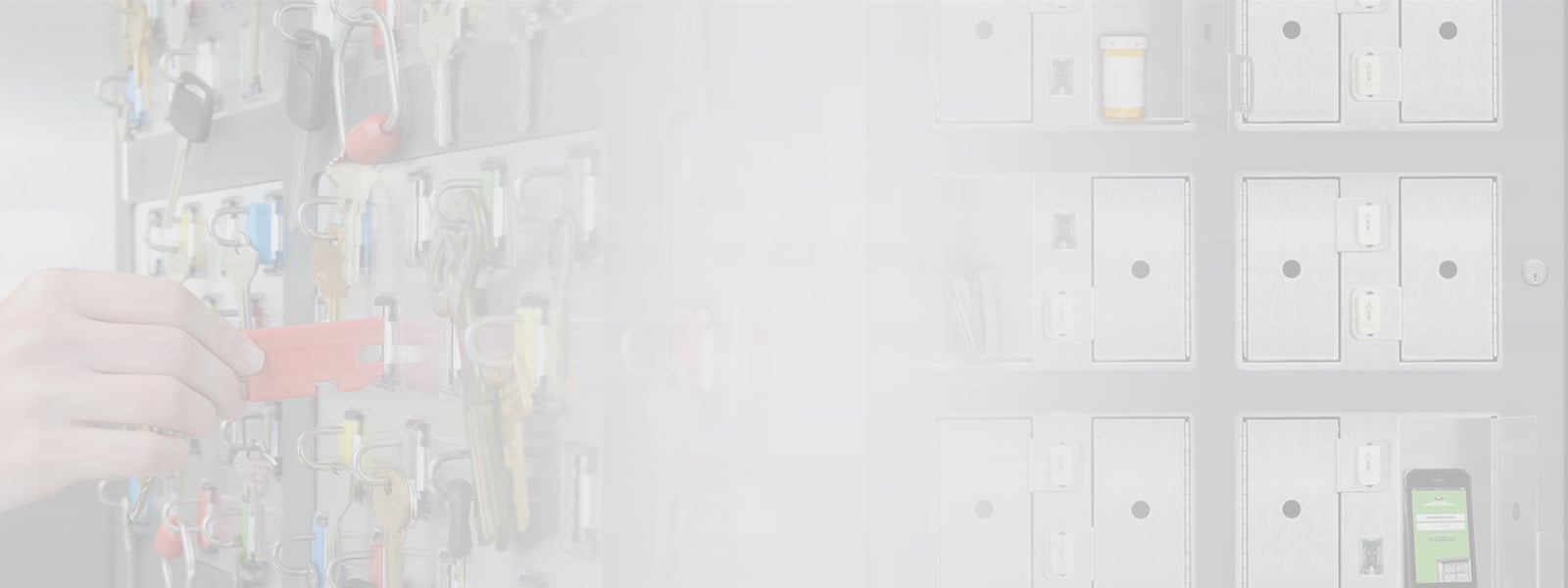Safety and secure in the workplace benefits not only the employees and employers but also their families and the communities in which they live. Whether it’s a small manufacturing facility or a large medical complex, maintaining policies and procedures and investing in security technology such as key control and asset management systems can pay tangible dividends in the form of an improved security environment.
Following are 5 ways that key control systems can help to improve safety and security in the workplace.
Securing Keys – keys that are stored in a tamper-proof key control system cabinet can’t be accessed without pre-approved authorization. Once enrolled in the system, users must enter a PIN code or present an identification card or biometric data to access a key cabinet and remove or return a key.
Tracking Keys – Keys secured in the key cabinets are attached to a key fob that contains a chip which automatically records all access activity. Knowing exactly who accessed a key and when is valuable information for helping to resolve unmanaged access or when investigating lost keys or stolen property.
Information Analysis -- Key usage data provides a wide range of intelligence. Whether it’s a daily report listing which keys were accessed, at what times and by whom or an exception report indicating keys that were not accessed as scheduled, key control data can reveal information that could be used to help improve overall security.
System Administration – Program software enables administrators to quickly assign or alter user permissions. Users can be added (or deleted) from a global list and all settings are automatically synchronized across the system.
System Integration -- Critical information about key control can now be communicated across multiple systems, enabling additional security actions to be taken. For example, a user who has taken a specific key can be denied egress from the facility until the key is returned – and selected management can be alerted via email if a key has not been returned on time.
Which key control system is best for your workplace? Contact one of our experts for more information!
.



